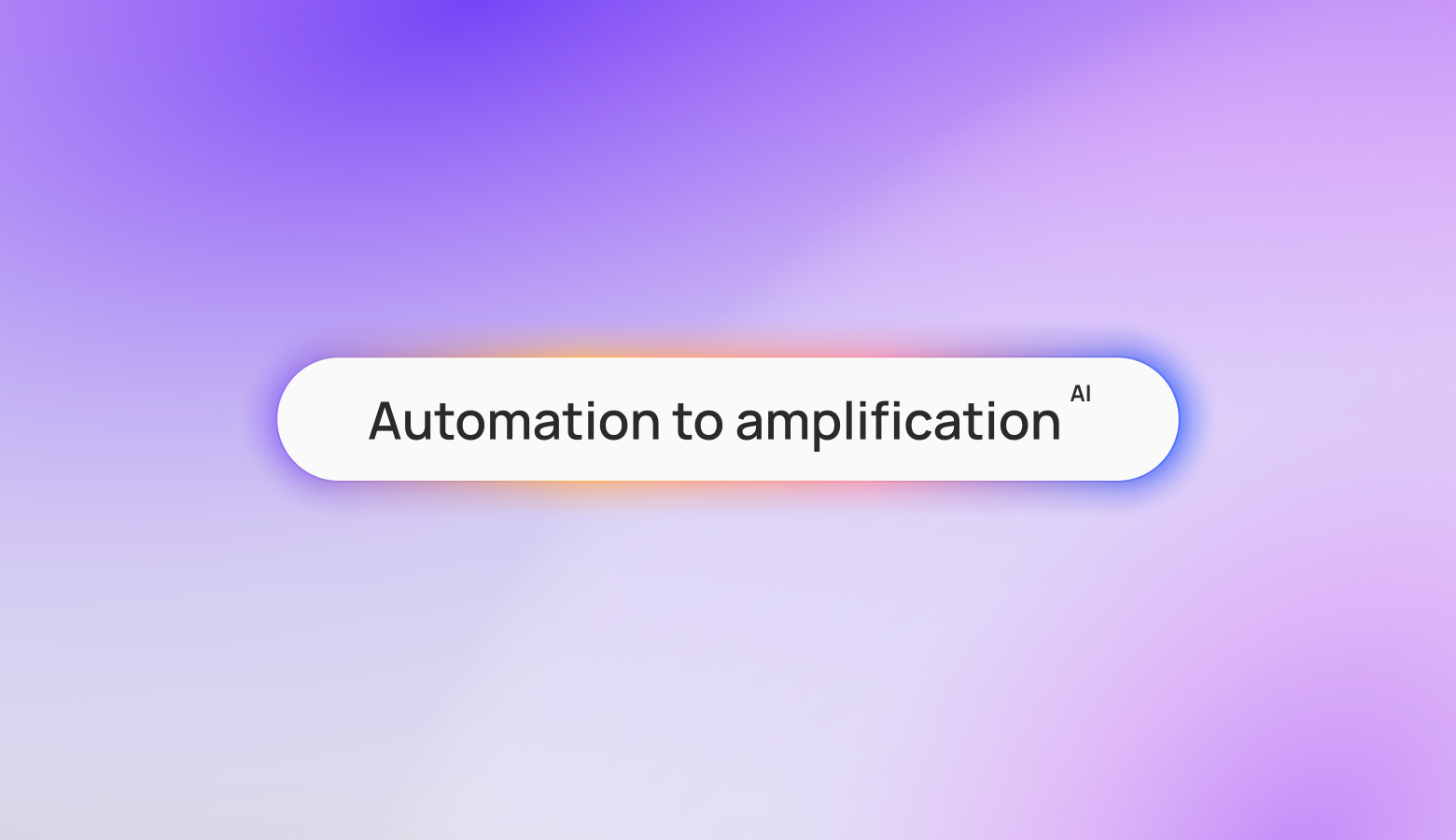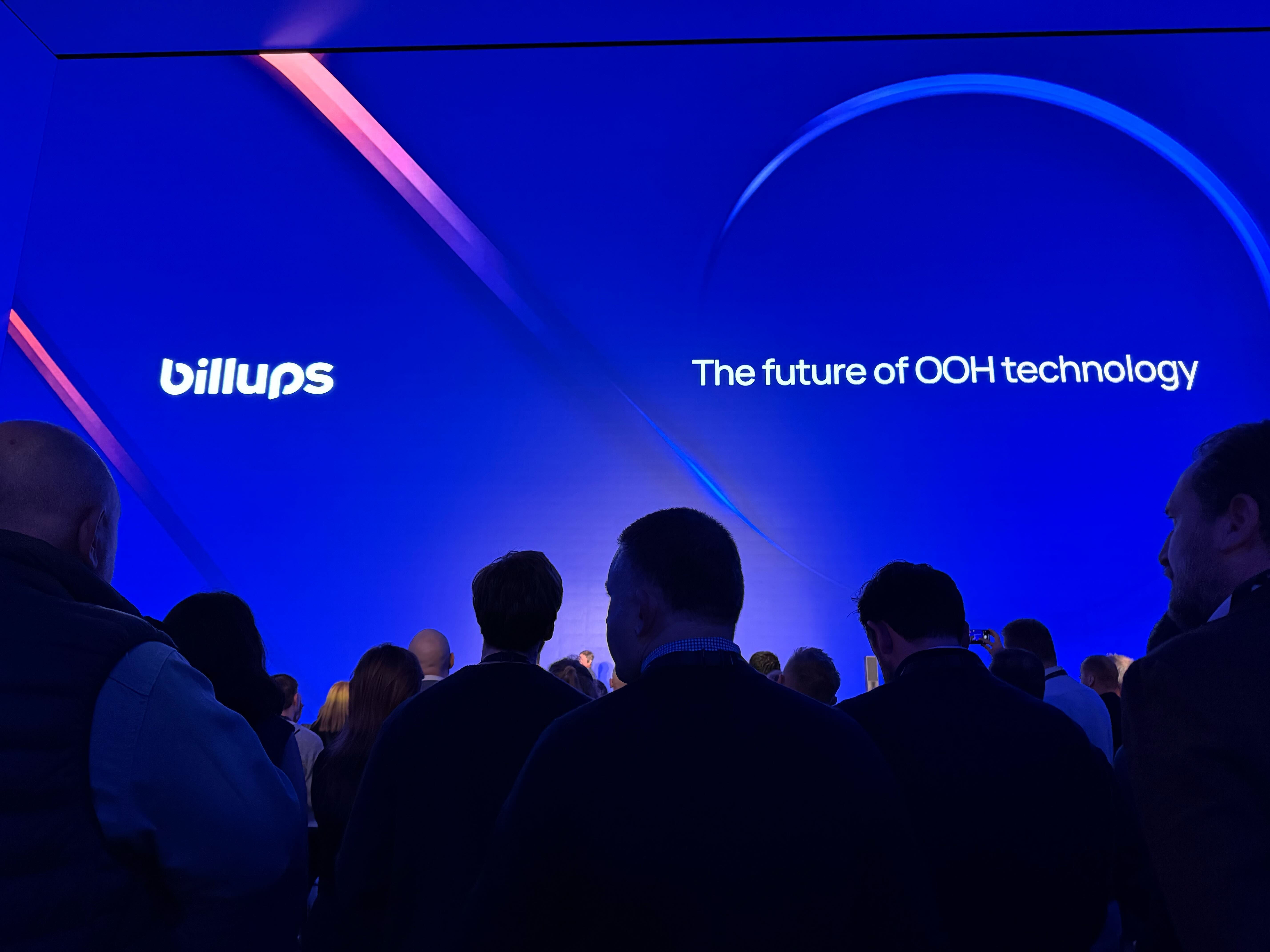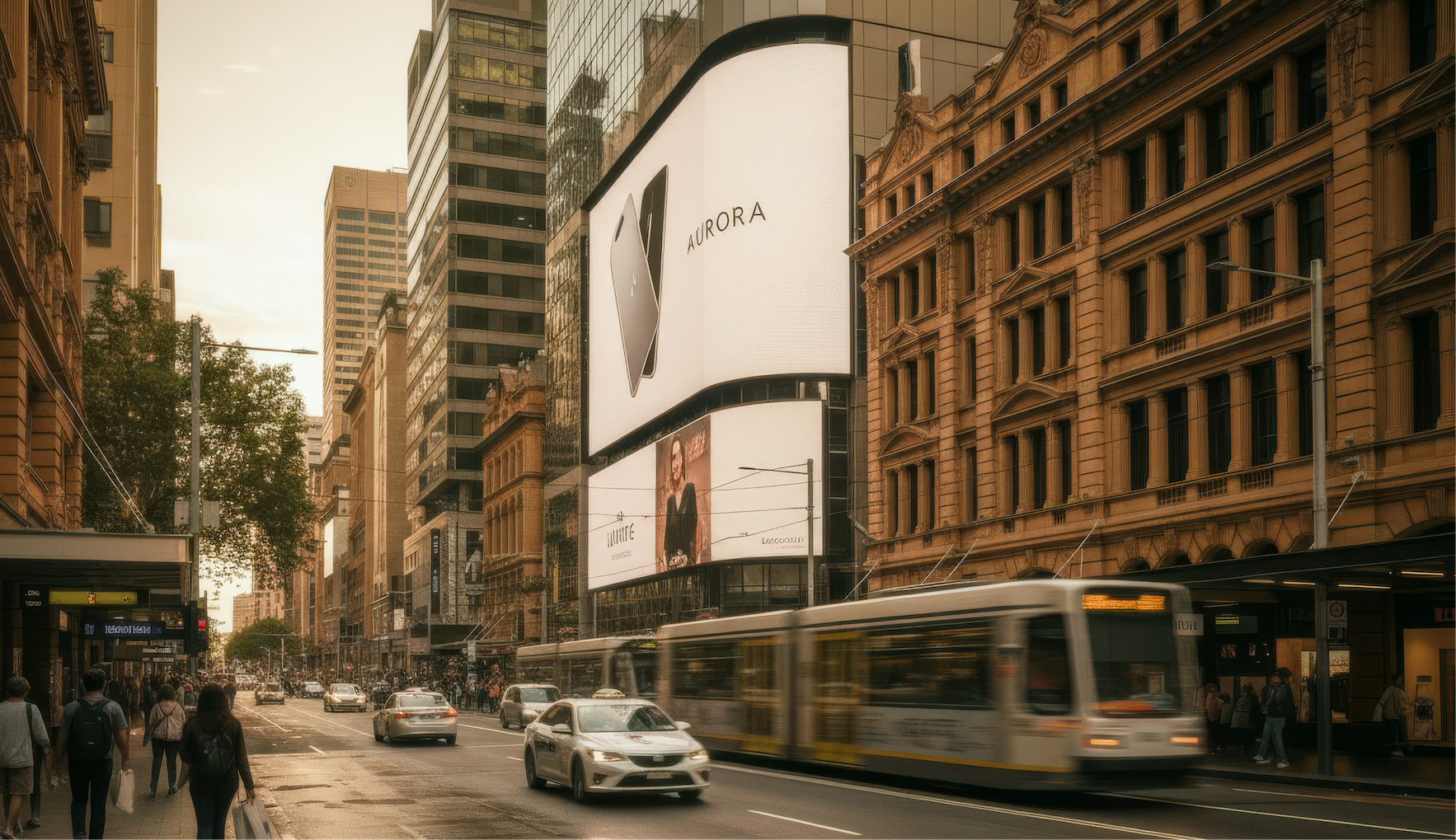What Is Programmatic DOOH Advertising & How Can it Help Your Business?

Digital Out-of-Home (DOOH) advertising reaches consumers where they spend most of their time—away from home—and plays an ever-present role in our daily lives.
Programmatic DOOH can streamline the buying and selling of DOOH. Brands and agencies can leverage OOH campaigns with both traditional, digital & programmatic OOH all in one place to provide greater accessibility and more accountability.
What is Programmatic?
Programmatic provides a turnkey way of buying, selling, and delivering advertising. It puts the control in the buyer’s hands, eliminating much of the traditional processes of requests for proposals (RFPs), time-consuming negotiations between buyers and sellers, and manual insertion of orders. In programmatic digital out-of-home (PDOOH) advertising , data management platforms (DMPs) allow ad space to be offered and sold through real-time bidding networks. Publishers use supply-side platforms (SSP) to display their offerings and sell to advertisers on demand-side platforms (DSP). Purchases are made in online auction rooms. Bidding models include:
- Real-time bidding (RTB) on open ad exchanges. This the most common way to buy and sell programmatic DOOH.
- Private marketplaces (PMP) using closed auctions.
- Preferred deals involving one-on-one transactions based on cost per thousand (CPM).
- Programmatic guarantees, in which the publisher promises to deliver a fixed number of impressions for a specific price.
- Data management platforms (DMPs) that collect and manage information with CPM goals as fundamental media criteria. Interactions and triggers, such as voice and visual recognition, QR codes, and social media hashtags can be incorporated into ads to promote audience engagements.
Differences in Nature by Medium
With over 1,600 different data management platforms selling ads, consumers at home view advertising through a variety of media. Their ability to opt-out of a TV show or podcast while ads are playing or to use ad-blocking services makes for a fragmented marketplace. Programmatic DOOH is the only medium that avoids these issues and aggregates audiences.
Programmatic DOOH is also different in nature from other types of advertising in that it is largely immune to fraud, which has become a significant problem in the digital industry. While DOOH is working alongside ad tech companies and publishers to increase transparency, Exchange Wire credits it with being the last guaranteed viewable, fraud-free advertising medium.
Automation vs. Programmatic
There’s a saying: not all automation is programmatic, nor is all programmatic automated. Instead, programmatic DOOH relies on a combination of automated processes in achieving its goals. Real-Time Bidding (RTB) and Automated Guaranteed (AG) are programmatic processes that aid in the purchase and placement of outdoor advertisements, making it easier for buyers and sellers to determine pricing, displays, and designated space. This translates into:
- Less time completing tasks manually
- Lower administrative costs
- Reduced potential for human error
- Improved transparency
- Opportunities for new markets and greater innovations
Pros & Cons of Programmatic DOOH
Programmatic is well-suited for streamlining processes for out-of-home advertising and branding. Benefits include:
- Speed to market with CPM flexibility
- Less rigid contract terms and greater customization
- Increased flexibility in ad campaigns and greater control over the short term
- DMPs allow for pausing or canceling live campaigns
- Incorporation of live optimizations and behavioral triggers
- Geofencing to segment audiences and target populations
Programmatic DOOH offers benefits for suppliers and publishers, but some drawbacks may make it unsuitable in certain situations. Some challenges of programmatic include:
- Programmatic ads are served based on inventory availability against the target audience, leaving little control over cherry picking units
- There can be minimum spending requirements which are higher than traditional ads, making them less accessible for new businesses
- Despite complex DMPs, programmatic DOOH still lacks some of the reporting tools and transparency found with other types of media
Is Programmatic The Right Approach For You?
While programmatic makes buying and selling easier, is it the right approach for you? Additional factors to consider before investing in programmatic DOOH include:
- Do you have a specific target audience and markets to reach them?
- Do you plan to incorporate programmatic as part of a cross-channeled approach to advertising (e.g. reaching the same target audience as digital or mobile efforts)?
- Do you prioritize reaching the target audience more than the exact placement and environment of your message?
- Do you have the flexibility to deal with the different methods programmatic DOOH has in measuring campaign results?
Mistakes to Avoid When Doing Programmatic
How you use programmatic DOOH will dictate how successful you are in getting results. Mistakes to avoid include:
- Using it as your first option: if you are a new or small business, it may help to raise brand awareness through other forms of advertising before investing in programmatic (DOOH, digital, mobile, etc.).
- Using it exclusively: programmatic is often best used with other types of media ad formats to optimize your reach and frequency (OOH, digital, audio, etc.).
- Not having a clear audience target: accurate cross-channel audience alignment means the right message reaches the right environments.
- Not doing attribution reporting: it is important to be proactive in attribution reporting with programmatic to ensure all expectations are set in advance.
How Do You Measure Programmatic OOH?
With programmatic OOH, you need to collect data regarding how often people see your ad, along with information about demographics, trip paths, and other patterns of behavior. You will also need an impression multiplier while factoring in loop frequency and dwell time in a particular space. Tactics that can help in measuring programmatic OOH include:
- Conducting ongoing surveys on brand awareness
- Measuring website visits and the use of hashtags or other triggers
- Charting sales before and after programmatic OOH was installed
- Using promo codes or other campaigns
Programmatic DOOH and Your Business
While it is taking the advertising industry by storm, is programmatic DOOH right for your business? It is not recommended to be the sole driver for complex media campaigns, but it can be an effective complement to other advertising media including traditional OOH inventory.
To create and simplify your programmatic campaigns or to automate all your OOH advertising, Billups is here to help. As the largest independent out-of-home technology and managed services company, our mission is to transform the DOOH and OOH experience and empower brands to develop smarter and more accountable OOH campaigns.



